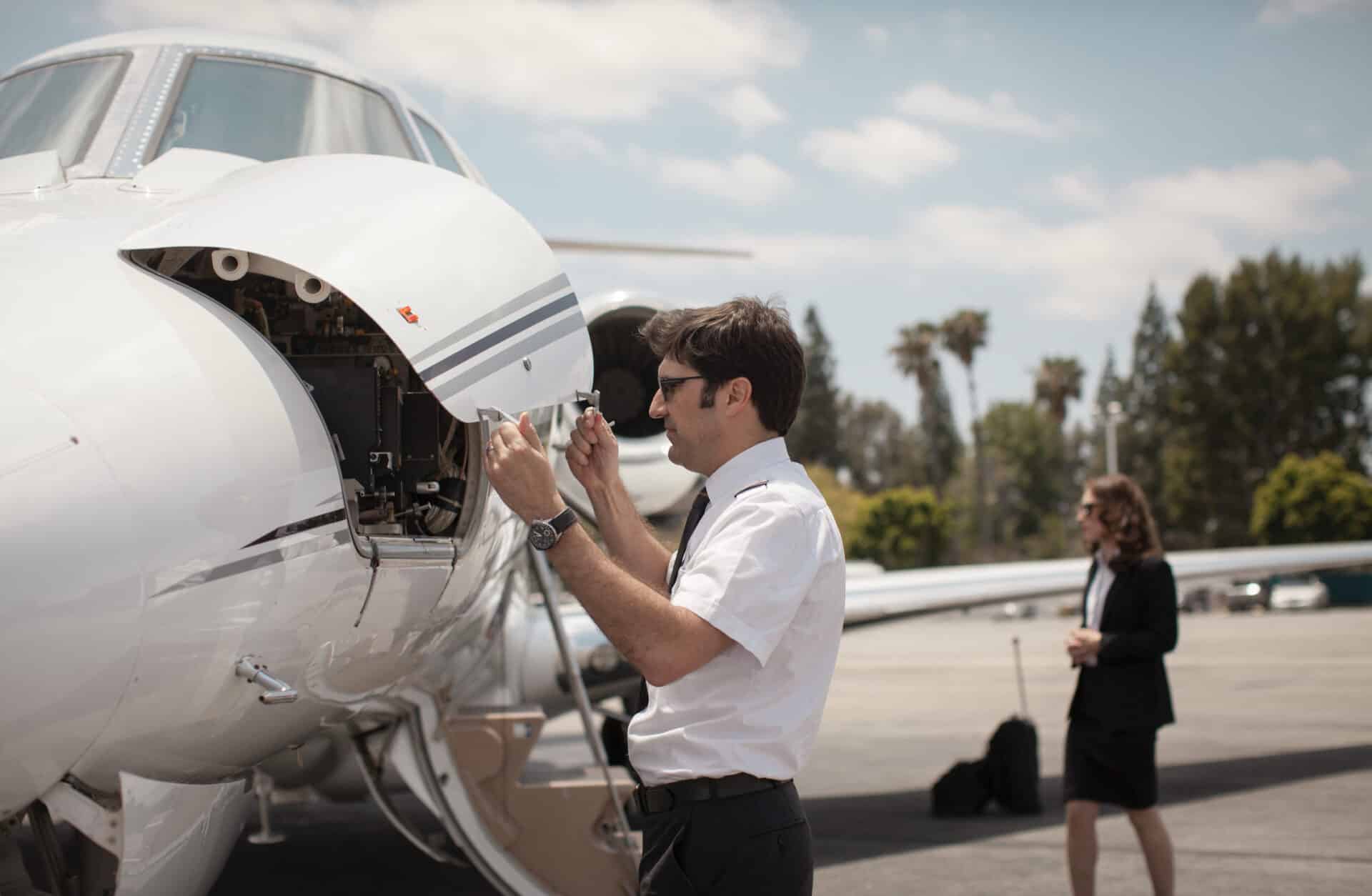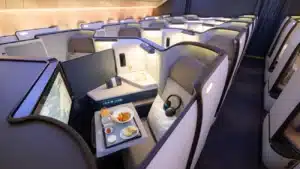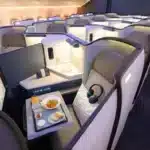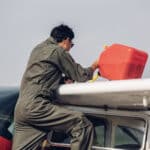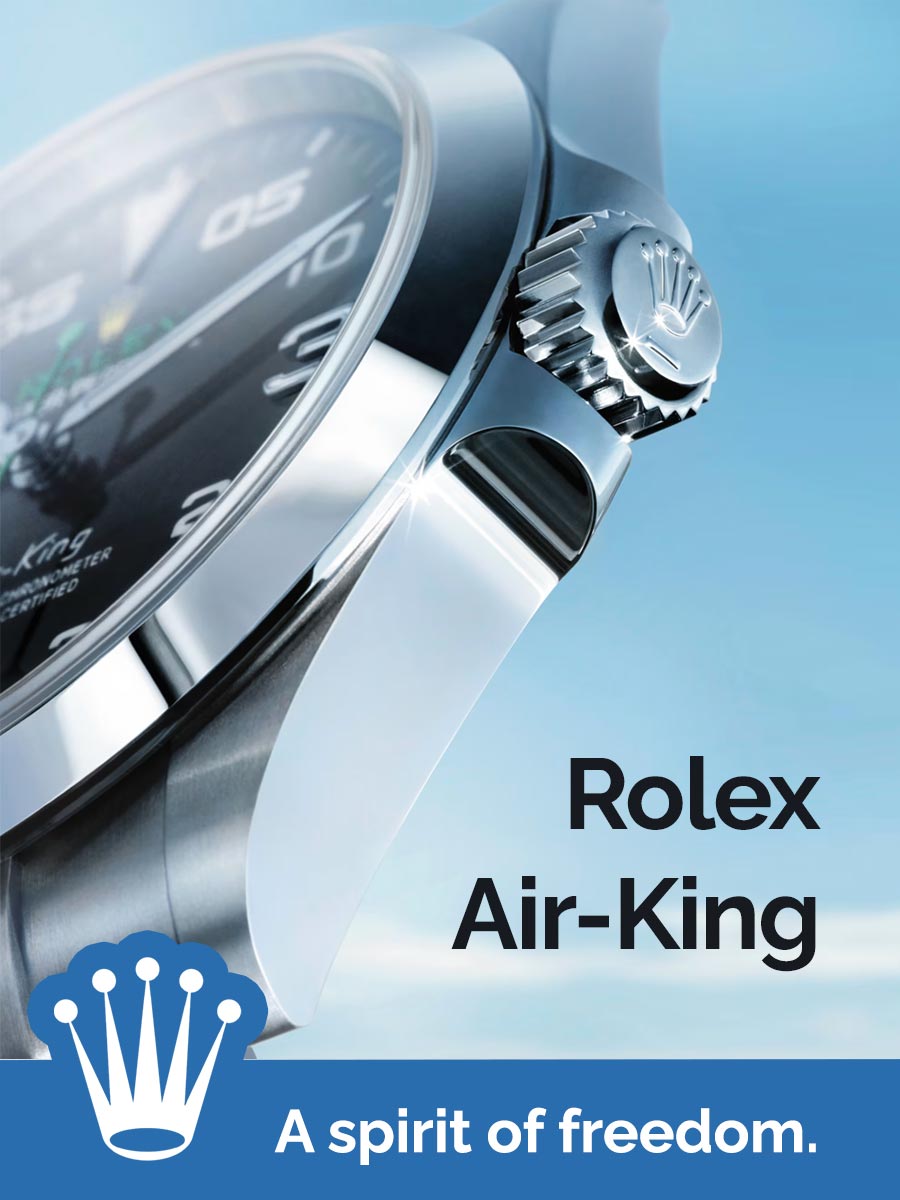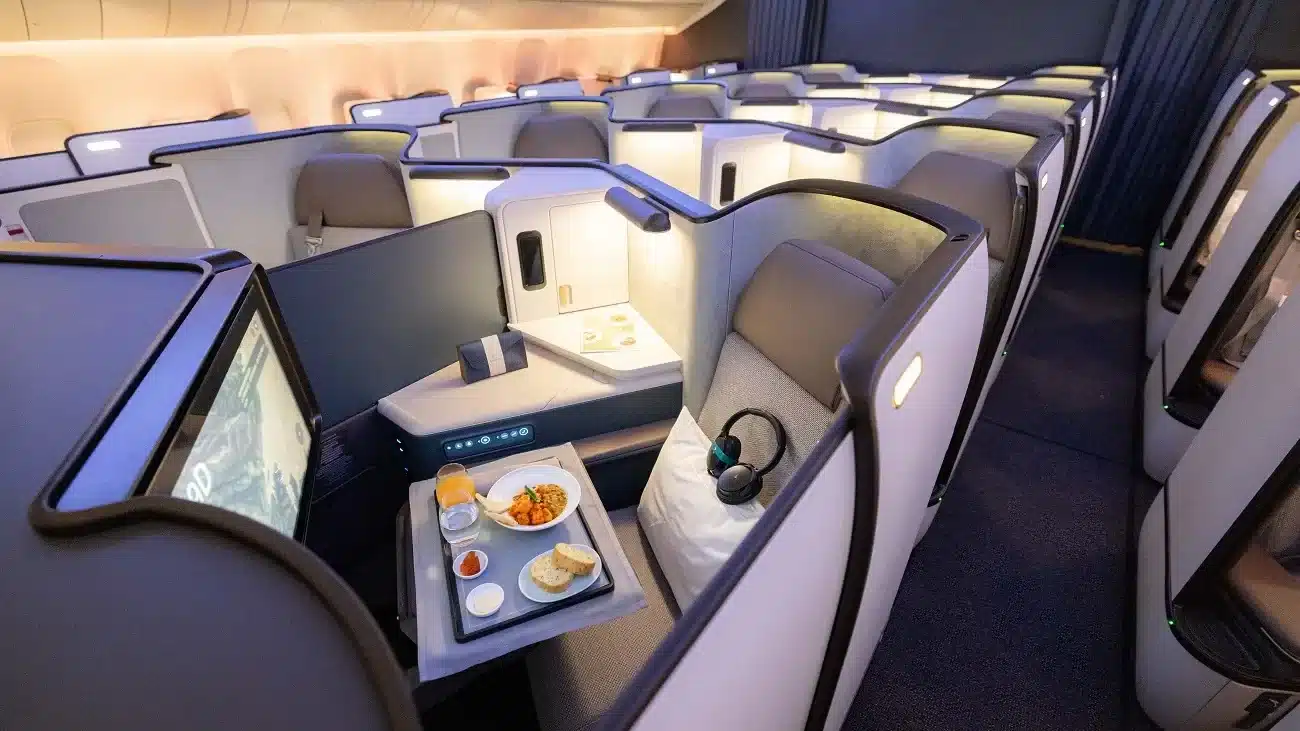Aircraft maintenance represents the foundation of safe private aviation operations. Proper upkeep ensures reliability, protects passenger safety, and preserves substantial capital investments in aviation assets.
Modern business jets require sophisticated maintenance programs combining manufacturer specifications, regulatory requirements, and operational best practices. Understanding these obligations helps owners maximize aircraft availability while maintaining airworthiness standards.
This comprehensive guide examines essential private jet maintenance protocols, inspection schedules, cost considerations, and compliance requirements for aircraft owners in 2025.
Why Private Jet Maintenance Matters
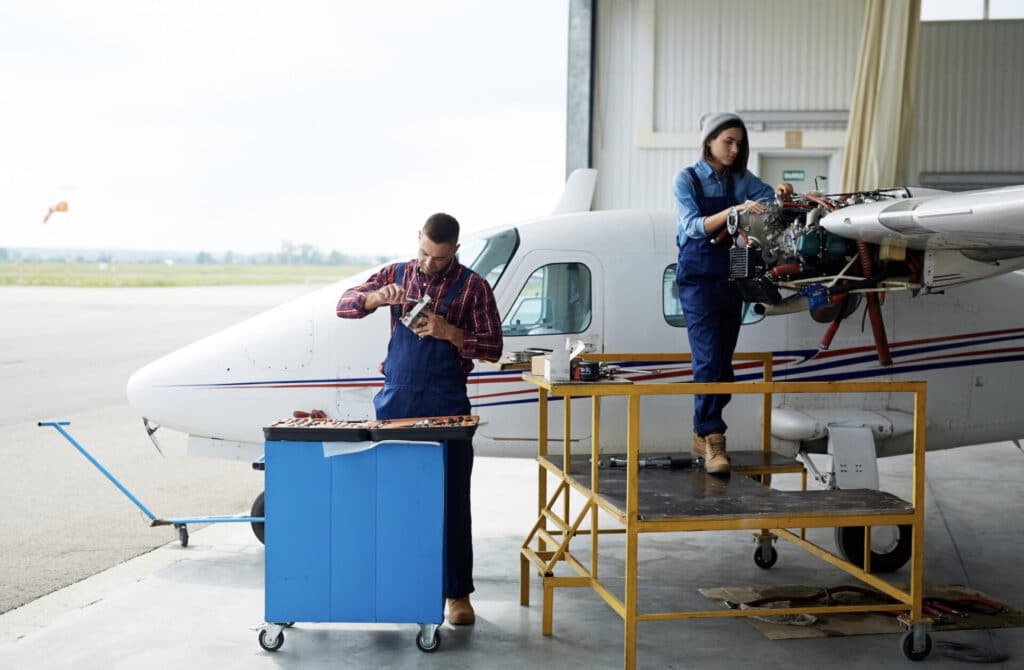
Maintenance extends far beyond preventing mechanical failures. A comprehensive program delivers multiple operational and financial benefits that justify the investment required.
Safety remains paramount. Well-maintained aircraft reduce accident risk substantially. The Federal Aviation Administration (FAA) and European Union Aviation Safety Agency (EASA) mandate specific maintenance requirements precisely because proper upkeep directly prevents incidents.
Reliability impacts operations significantly. Aircraft grounded for unscheduled maintenance disrupt business schedules and create expensive delays. Proactive maintenance minimizes unexpected issues that sideline aircraft at critical moments.
Cost efficiency emerges through preventive care. Addressing small issues early prevents expensive major repairs later. Regular oil changes, filter replacements, and component inspections extend equipment lifespan dramatically compared to reactive maintenance approaches.
Regulatory compliance protects operating authority. FAA and EASA regulations require documented maintenance tracking. Non-compliance risks certificate suspension, operational restrictions, or substantial penalties. Professional aircraft maintenance providers ensure regulatory adherence.
Asset value preservation depends on maintenance history. Well-documented, manufacturer-compliant maintenance programs significantly enhance resale value. Prospective buyers scrutinize maintenance logs carefully-comprehensive records command premium pricing.
Core Private Jet Maintenance Tasks
Fundamental maintenance activities maintain aircraft in airworthy condition between major inspections. These tasks form the backbone of any effective maintenance program.
Keep the Interior Spotless
Cabin cleanliness affects more than aesthetics. Dirt, moisture, and debris create corrosion risks and damage sensitive materials. Aviation-approved cleaning products prevent chemical damage to specialized materials.
Leather seats require pH-balanced cleaners designed for aircraft interiors. Harsh chemicals degrade protective coatings and accelerate wear. Vacuum thoroughly after each flight to remove debris that scratches surfaces or clogs ventilation systems.
Carpet and upholstery attract moisture creating mold and mildew in humid environments. Professional deep cleaning every 3-6 months maintains appearance and prevents deterioration. Galley and lavatory areas need particular attention given food residue and biological contamination risks.
Detail the Jet’s Exterior
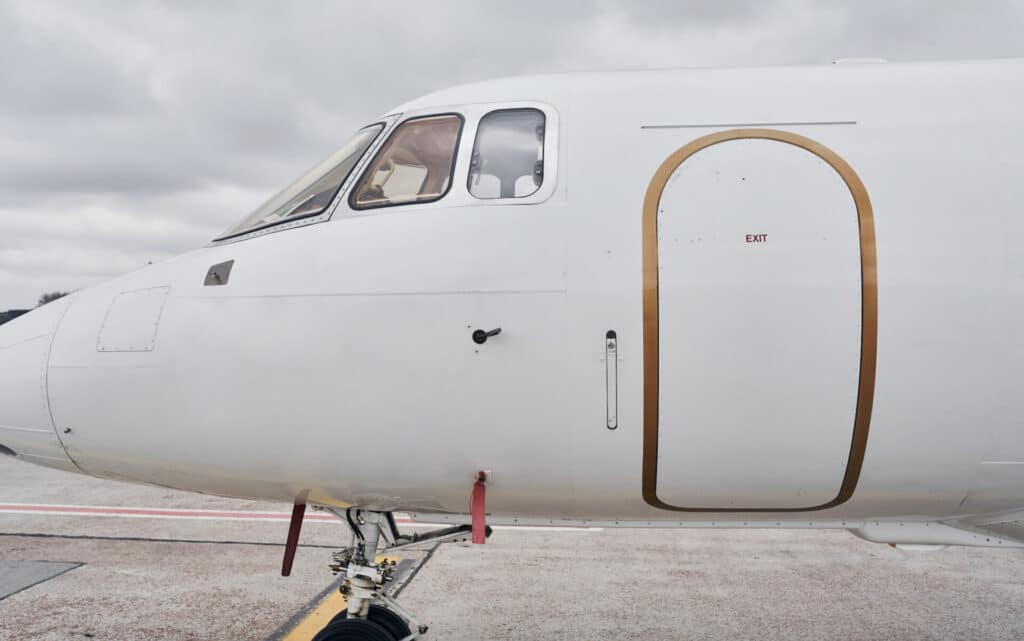
Fuselage inspection identifies issues early. Look for paint chips, corrosion spots, and surface damage that compromise protective coatings. Even minor paint damage allows moisture penetration leading to expensive structural corrosion.
Wash the aircraft regularly using aviation-specific cleaners. Road salt, industrial pollutants, and biological matter damage paint and composite materials when left unaddressed. Waxing provides additional protection against environmental exposure.
Control surfaces require careful inspection. Check for freedom of movement, secure attachment, and surface integrity. Any restriction or damage demands immediate professional evaluation before flight operations.
Change the Oil Regularly

Engine oil changes rank among the most critical maintenance tasks. Oil degrades through heat exposure, contamination, and chemical breakdown. Fresh oil protects expensive turbine components from wear and thermal stress.
Most manufacturers specify oil changes every 50-100 flight hours, though exact intervals depend on engine type and operating conditions. Turbine engines operating in dusty environments require more frequent changes than those in clean conditions.
Oil analysis programs detect emerging issues before failures occur. Spectrographic analysis reveals metal particles indicating internal wear, allowing proactive component replacement rather than reactive failure response.
Check the Batteries and Electrical Systems

Aircraft electrical systems power critical avionics, flight controls, and safety equipment. Main and auxiliary batteries require regular testing and replacement to ensure reliability.
Battery capacity testing identifies declining performance before complete failure. Most aircraft batteries require replacement every 18-24 months, though operating conditions and usage patterns affect actual lifespan.
Inspect wiring harnesses for chafing, corrosion, and secure connections. Loose or corroded connections create intermittent failures that prove difficult to troubleshoot. Thermal imaging detects hot spots indicating resistance problems before wiring damage occurs.
Preventive Maintenance & Inspections
Regulatory authorities mandate structured inspection programs ensuring aircraft maintain airworthiness throughout their operational life. These progressive inspections increase in scope and depth.
Daily & Preflight Inspections
Pilots and crew conduct preflight inspections before each flight. These walkaround inspections identify obvious issues: tire condition, fluid leaks, control surface integrity, and exterior damage.
While less comprehensive than scheduled maintenance, preflight checks catch problems that develop between inspections. Flight crew should report any discrepancies to maintenance personnel immediately.
Hourly Inspections (A to D Checks)
Progressive maintenance inspections occur at defined intervals based on flight hours, cycles (takeoff/landing events), or calendar time. The inspection level determines scope and required downtime.
| Inspection Type | Interval | Duration | Scope |
|---|---|---|---|
| A Check | Every 200-400 flight hours | 1-2 days | Basic systems inspection, fluid checks, minor repairs |
| B Check | Every 600-800 flight hours | 3-5 days | Detailed inspection of specific systems, component testing |
| C Check | Every 18-24 months | 1-3 weeks | Comprehensive inspection, panel removal, NDT testing |
| D Check | Every 5-10 years | 1-2 months | Complete disassembly, structural inspection, major overhaul |
A Checks represent routine inspections addressing wear items and consumables. Technicians examine tire condition, brake wear, fluid levels, and filter replacements. Most aircraft remain operational throughout A Check periods.
B Checks examine specific systems in greater detail. These inspections follow manufacturer task cards addressing components requiring periodic evaluation. Landing gear, flight control systems, and avionics receive focused attention.
C Checks involve substantial disassembly for detailed inspection. Interior panels come off exposing structural components and hidden systems. Non-destructive testing (NDT) techniques detect cracks and corrosion invisible to visual inspection.
D Checks represent the most comprehensive maintenance events. Aircraft undergo complete teardown for structural inspection and restoration. Many operators plan D Checks to coincide with cabin refurbishment and avionics upgrades, maximizing downtime efficiency.
Annual Inspections & Who Performs Them
FAA regulations require annual inspections for aircraft not operating under approved continuous inspection programs. FAA-certified Airframe and Powerplant (A&P) mechanics with Inspection Authorization (IA) conduct annual inspections.
Part 135 charter operations and many corporate flight departments utilize continuous maintenance programs approved by regulatory authorities. These programs replace annual inspections with progressive inspection schedules customized to specific aircraft and operations.
Manufacturer-authorized service centers provide highest expertise for specific aircraft types. Gulfstream, Bombardier, Dassault, and other OEMs maintain global service networks staffed with factory-trained technicians. Independent maintenance providers offer competitive pricing while maintaining certification standards.
Consulting with experienced aviation consulting professionals helps owners select appropriate maintenance providers and structure cost-effective programs aligned with operational requirements.
Cost Considerations and Ownership Tips
Annual maintenance expenses typically range from 5-10% of aircraft acquisition value, though actual costs vary significantly based on multiple factors affecting maintenance requirements.
Engine cycles impact costs substantially. Takeoffs and landings stress engines more than cruise operations. Aircraft flying numerous short flights accumulate higher maintenance costs than those on fewer long-haul missions with equivalent total flight hours.
Aircraft age influences maintenance frequency and cost. Older aircraft require more frequent component replacement and detailed inspection. Corrosion inspection and structural fatigue monitoring increase substantially on aircraft exceeding 15-20 years.
Operating environment affects wear rates. Aircraft based in coastal areas face accelerated corrosion from salt exposure. Desert operations expose systems to abrasive dust requiring more frequent cleaning and filter replacement. Humid tropical climates promote mold and electrical corrosion.
Manufacturer maintenance programs offer predictable costs through fixed hourly rates. Programs like Bombardier Smart Services, Gulfstream CAMP, and Embraer Executive Care provide comprehensive coverage including labor, parts, and scheduled maintenance. These programs trade slightly higher hourly costs for budget certainty and reduced downtime.
Professional aircraft management companies coordinate maintenance scheduling, vendor selection, and compliance tracking. Management firms negotiate favorable rates with maintenance providers while ensuring quality standards. Exploring top aircraft management companies reveals options for owners seeking comprehensive oversight.
Strategic planning reduces costs without compromising safety. Schedule heavy inspections during predictable low-utilization periods to minimize operational impact. Combine multiple inspection events when practical-performing a C Check alongside avionics upgrades or interior refurbishment maximizes downtime efficiency.
Frequently Asked Questions
Who maintains private jets?
FAA-certified maintenance facilities staffed with licensed Airframe and Powerplant (A&P) mechanics perform private jet maintenance. Manufacturer-authorized service centers provide OEM-specific expertise, while independent maintenance organizations offer competitive alternatives. Part 135 charter operators typically maintain in-house capabilities, while many corporate owners contract with professional management companies coordinating all maintenance activities.
How often do they get serviced?
Service intervals depend on flight hours, calendar time, and operational cycles. Basic inspections occur every 200-400 flight hours, while comprehensive C Checks happen every 18-24 months. Major overhauls occur every 5-10 years regardless of utilization. Preflight inspections occur before every flight, and specific components follow manufacturer-defined replacement schedules.
What does maintenance cost annually?
Annual maintenance typically costs 5-10% of aircraft value, translating to $500,000-$1,000,000 for a $10 million aircraft. Costs vary significantly based on aircraft age, utilization patterns, and maintenance program structure. Manufacturer programs provide budget certainty at slightly higher costs, while pay-as-you-go approaches offer flexibility with variable expenses. Engine overhauls represent the largest single expense, often exceeding $1-3 million.
How can owners ensure compliance?
Maintain comprehensive records documenting all maintenance activities, inspections, and component replacements. Work with certified maintenance providers familiar with FAA/EASA regulations. Implement tracking systems monitoring upcoming inspection requirements and airworthiness directive compliance. Many owners engage professional management companies handling regulatory compliance, inspection scheduling, and documentation maintenance. Regular audits verify adherence to manufacturer programs and regulatory standards.
Final Thoughts
Comprehensive maintenance programs protect safety, reliability, and asset value throughout aircraft ownership. Proactive care prevents expensive failures while ensuring regulatory compliance and operational availability.
Owners benefit from partnering with experienced maintenance providers and management professionals who coordinate complex scheduling, vendor relationships, and regulatory requirements. For those considering alternatives to ownership, explore flexible private jet charter options that eliminate maintenance responsibilities while providing access to well-maintained fleets.
Authors
-
Radu Balas: Author
Pioneering the intersection of technology and aviation, Radu transforms complex industry insights into actionable intelligence. With a decade of aerospace experience, he's not just observing the industry—he's actively shaping its future narrative through The Flying Engineer.
View all posts Founder
-
Cristina Danilet: Reviewer
A meticulous selector of top-tier aviation services, Cristina acts as the critical filter between exceptional companies and industry professionals. Her keen eye ensures that only the most innovative and reliable services find a home on The Flying Engineer platform.
View all posts Marketing Manager
-
Marius Stefan: Editor
The creative force behind The Flying Engineer's digital landscape, meticulously crafting the website's structure, navigation, and user experience. He ensures that every click, scroll, and interaction tells a compelling story about aviation, making complex information intuitive and engaging.
View all posts Digital Design Strategist

